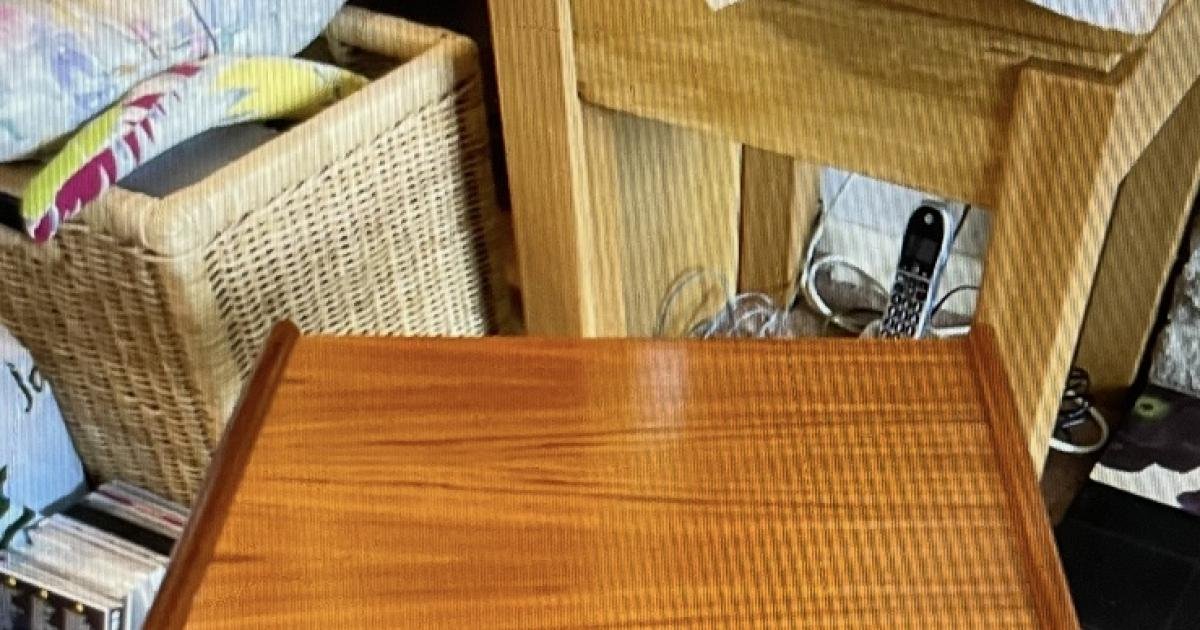I wish we were able to predict what is going to be collectable in the future, but things come out of the woodwork, literally, and you had no idea there was a potential for demand and future investment in this type of item.
Well, it appears that G Plan furniture, which was sold direct to the public, is now considered to be a collector’s item.
Whilst it is not very old, apparently, the quality and the design lend themselves to the modern home, although initially, the heyday was in the fifties and sixties.

He started hand-crafting furniture in his workshop in 1898 and carried on making good quality furniture direct to the customers.
The workshop was taken over by his grandson, Donald, who thought it a good idea to launch the brand, G Plan, and there was a post-war demand for new furniture; all the houses springing up between the 1940s and 50s meant there was a pent-up demand for furniture.
Albeit, in the early years, it was governed by the Government, which had carefully considered furniture to go on the rationing list, and you had to have coupons in order to buy certain types.
In fact, it was the minimalist type of furniture that could be bought, nothing too ambitious, nothing very flamboyant; even the woods and the construction had to be controlled by Government officials to make certain it conformed with the rationing that was being administered at that very austere time between the early 1940s and the early 1950s.
In 1951, we had the great Festival of Britain, which really was the launch pad for anything new and modern, and this was where people who decided they were going to furnish their home with ‘modern’ furniture got many ideas, and the demand for G Plan grew and grew, outliving the factory where it first started, and through a series of acquisitions of other companies, grew into a large organisation.
We had a similar situation with Ercol, again, this firm made very good quality products, very stable, nothing fancy, but very, very reliable; and I think that’s why G Plan and Ercol still have a demand today.
In fact, if you saw a room furnished with G Plan furniture, it would not look out of place in the modern home.
So, why is it in demand today?
Well, much of the furniture we have in the shops in 2025 originates abroad; a lot of it is made in the Far East and imported.

Generic English furniture is quite a rare commodity today, and I think that is why firms like G Plan and Ercol have found a niche market with the buying public; it is solid, it is well-made, it is British, and we can be proud of it.
The design may be a little staid, maybe not very flamboyant, but it is comfortable and reliable.
Henry Hammond, of Keys Auctioneers in Aylsham, informs me that G Plan sideboards in good condition can make between £150 – £200; dining table and chairs, a similar amount; nest of tables between £60 – £100.
The items must be marked “G Plan”.
So, I was pleased to be able to tell the person who enquired about the demand for G Plan, “Yes, there is a demand for good quality second-hand furniture.
“Most of the items produced by G Plan are marked and that is a big factor, to be sure you are buying the genuine article.”
Mike Hicks has run Stalham Antique Gallery at 29 High Street, Stalham (NR12 9AH) for more than 30 years. His business is open Mondays to Fridays from 9am-1pm and 2-4.30pm, and on Saturdays from 9am-1pm. You can contact Mike on 01692 580636 or info@mikehicksantiques.co.uk or www.mikehicksantiques.co.uk.





